Every chess player dreams of pulling off a brilliant tactical sequence, a stunning move that completely catches their opponent off guard and shifts the game’s momentum. But what if we told you there’s a secret weapon that even experienced players seldom overlook?
Meet the Zwischenzug, the “in-between move” that can turn the tables in your favor. This tactical idea might not get as much attention as forks or pins, but it can be just as powerful, if not more.
In this article, we’ll break down the Zwischenzug, how it works, and how you can train yourself to spot it like a grandmaster.
Understanding the Zwischenzug: The Hidden Tactical Weapon
What is a Zwischenzug?
Zwischenzug, or “intermezzo,” is a chess tactic where a player inserts an unexpected move before making an obvious or forced move.
Instead of immediately recapturing a piece or following an expected sequence, the player throws in a surprise check, attack, or threat that cannot be ignored without worse consequences.
This forces the opponent to respond, often leading to a stronger position, material gain, or even checkmate.
A classic example: Imagine White is expected to recapture a knight, but instead, they deliver a check first.
This forces the opponent’s king to move, creating a new weakness. Only after this Zwischenzug does White capture the knight, but now they have a much better position.
Zwischenzug is about disrupting your opponent’s plans and seizing control of the game.
Why the Zwischenzug is Often Overlooked
Many players focus on forced moves like captures, checks, or immediate threats. But chess isn’t just about responding; it also involves taking the initiative and creating problems for your opponent.
Reasons players miss Zwischenzug opportunities include:
- They follow “automatic” move sequences without thinking of alternatives.
- They don’t train their tactical vision to spot Zwischenzug moments.
- They prioritize material gains over positional advantages.
This is why learning chess tactics like the Zwischenzug can take your game to the next level. It makes you think beyond the obvious.
The Strategic Advantages of Using Zwischenzug
- Gaining Tempo and Initiative
A well-timed Zwischenzug move gives you “extra moves” before your opponent can respond. This tempo gain allows you to improve your position while putting them on the back foot.
- Disrupting Opponent’s Plans
By inserting an unexpected move, you force your opponent to react. This reaction can make their intended plan ineffective, leading to blunders or positional weaknesses.
- Creating Tactical Opportunities
Zwischenzug often unlocks hidden tactical possibilities, such as trapping a piece, setting up a fork, or transitioning into a winning endgame.
Zwischenzug in Action: Real Game Examples
Example 1: Creating a Winning Combination
Aron Nimzowitsch vs Jose Raul Capablanca, San Sebastian (1911)
In this game between two sports legends, Nimzowitsch and Capablanca, Capablanca employed the Zwischenzug to create a devastating combination that forced a checkmate.
On move 33, Nimzowitsch captured Capablanca’s knight with 33. Bxe4, expecting Capablanca to recapture with …fxe4.
However, Capablanca had other ideas. He played the devastating 33…Bf2, a Zwischenzug that nailed White’s coffin. By playing …Bf2, Capablanca prepared to play …Rh6+, which would lead to a checkmate. Nimzowitsch saw that there was no way he was making it out of the position alive and resigned on the spot.
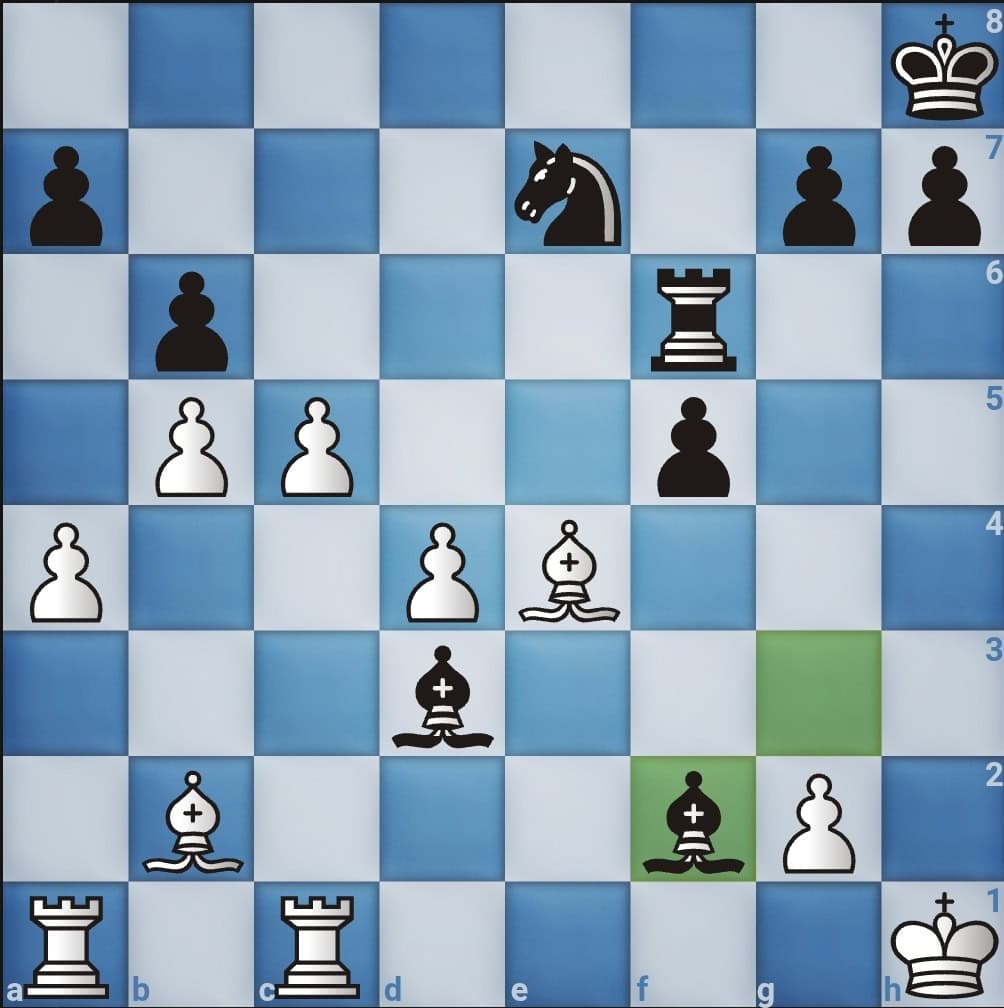
Example 2: Avoiding a Tactical Trap
Game: Viswanathan Anand vs. Vladimir Kramnik, World Championship 2008, Game 5
Anand avoided a loss in this game by playing a Zwischenzug move.
On move 30, Kramnik prepared a devious trap for Anand by playing Rd1, attacking Anand’s queen. Anand was in a dilemma.
If he moved his queen from the d4 square, his knight on d7 would fall wia th ch,eck and the consequences would be catastrophic.
But Anand, being the legendary player that he is, employed the Zwischenzug to great effect.
Instead of moving his queen, he replied with 30…Nf6, an in-between move that threatened Kramnik’s queen. A queen exchange followed, but now Anand had the superior position and easily converted it into a win in a few moves.
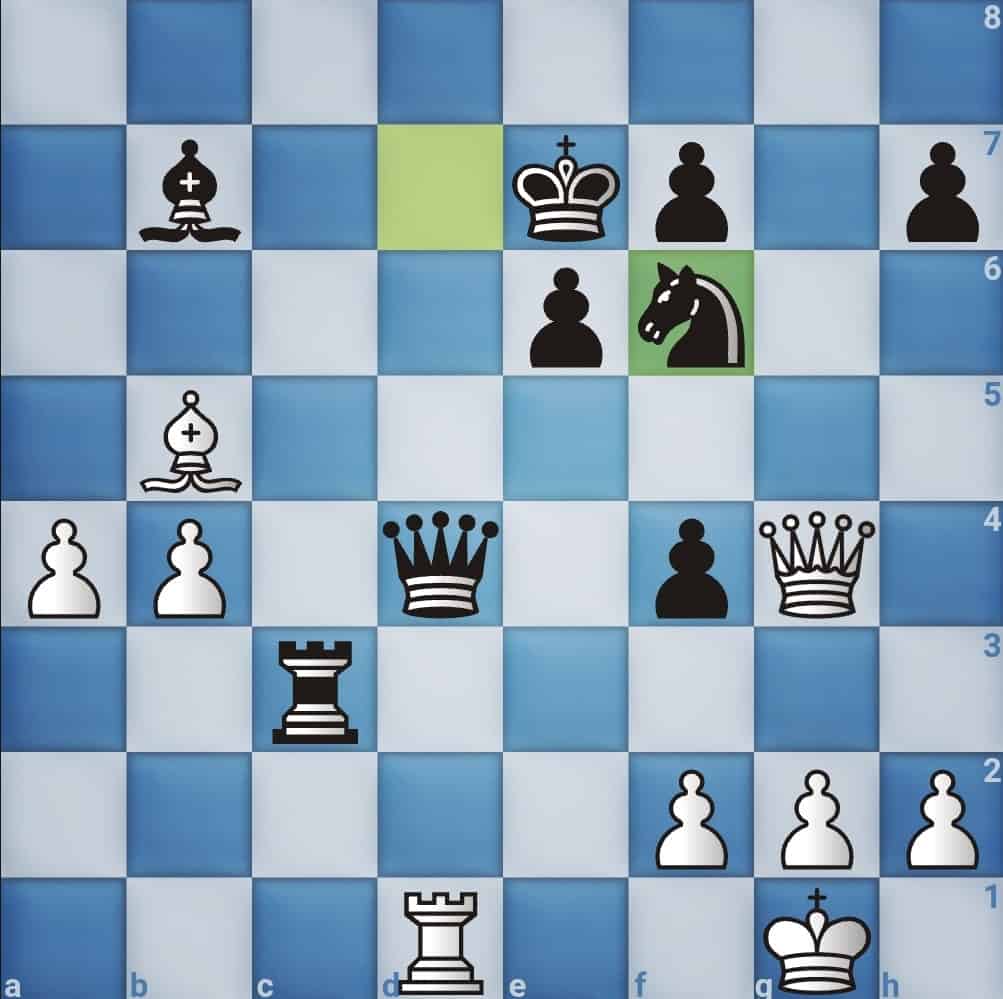
This game shows just how powerful the Zwischenzug is. Anand turned the tables and won the game from a seemingly lost position.
Example 3: Gaining Material Advantage.
Mieses, Jacques vs Reshevsky, Samuel Herman
Margate, 1935
This game shows how a Zwischenzug can be used to gain a material advantage.
In this game, White played 29. d4, and Black responded by capturing the knight with…Bxd4. White then continued with 30. cxd4, expecting 30…Qxd4. The sequence would continue with 31.Qxc4 Re1+ and then 32.Kg2 solved all of White’s issues.
However, after 30.cxd4, Black played the Zwischenzug 30…Re4!, attacking the d-pawn and preventing White from capturing Black’s pawn. This move forced White into a difficult position, leading to Black winning a pawn.
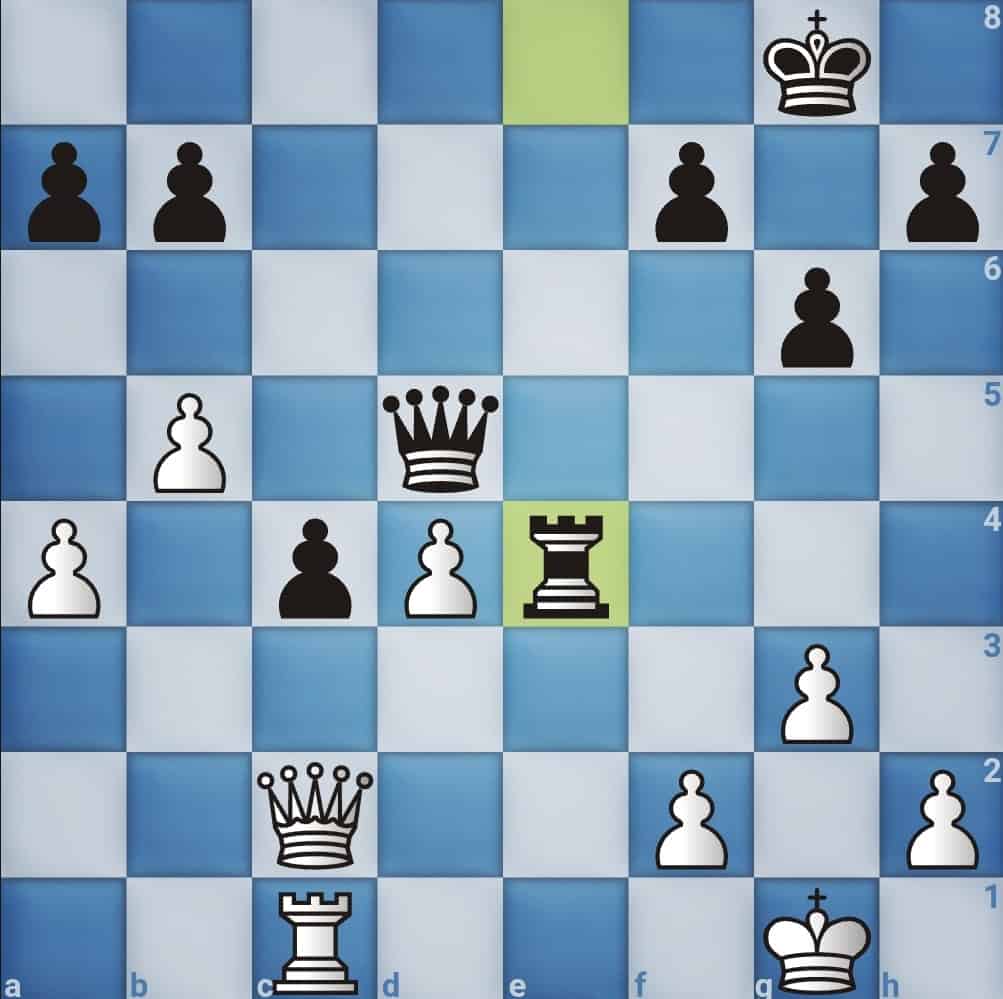
You might be wondering why White can’t win the c4 pawn with a move like Qxc4. Well, the sneaky …Re1+ forces White’s rook on c1 to respond to check by playing Rxe1. With their rook on e1, White’s queen is now defenseless, and Black can simply capture it, winning the game immediately.
How Zwischenzug Improves Your Overall Chess Skill
Understanding the Zwischenzug isn’t just about playing flashy moves; it’s about deepening your tactical awareness and improving your overall chess strength.
Players who regularly spot Zwischenzug opportunities often see a noticeable improvement in their rating, as they gain better control over move orders and create unexpected threats.
- Enhancing Pattern Recognition
Recognizing Zwischenzug patterns will sharpen your tactical awareness and make you more adaptable in games. Many high-level players use pattern recognition to spot Zwischenzug ideas instantly.
- Developing Tactical Vision
Practicing Zwischenzug improves your ability to calculate moves ahead and recognize when your opponent is vulnerable to a surprise move.
- Improving Calculation Skills
A strong Zwischenzug player thinks like a chess software, constantly analyzing multiple move orders before committing to a plan.
Tips for Mastering the Zwischenzug Tactic
Mastering the Zwischenzug takes practice, patience, and a keen eye for tactical opportunities. The key is to train your ability to spot in-between moves in real games.
A good understanding of the Zwischenzug is a requirement for all top-level players. From at least a Candidate Master level, top players are expected to have mastered the Zwischenzug tactic.
Therefore, you need to understand this tactic if you have the goal of being a top chess player. Let’s review a few tips to help you master the Zwischenzug.
Recognizing Zwischenzug Opportunities
- Look for moves that force your opponent to react.
- Pay attention to checks, threats, and captures that can be inserted before a natural move.
Practicing Zwischenzug Puzzles
- Practicing tactical puzzles involving move-order tricks is an excellent way to improve your Zwischenzug instincts.
- Websites like Lichess and Chess.com offer Zwischenzug-themed puzzles to help you practice.
Analyzing Grandmaster Games
- Study how top-level grandmasters like Magnus Carlsen use Zwischenzug in real games.
- Pay close attention to moments where a strong player plays an unexpected in-between move.
Conclusion
Mastering the Zwischenzug gives you an edge by disrupting your opponent’s plans and securing better positions. Keep practicing puzzles, studying real games, and sharpening your tactical vision, and you’ll soon start spotting Zwischenzugs effortlessly in your own games.
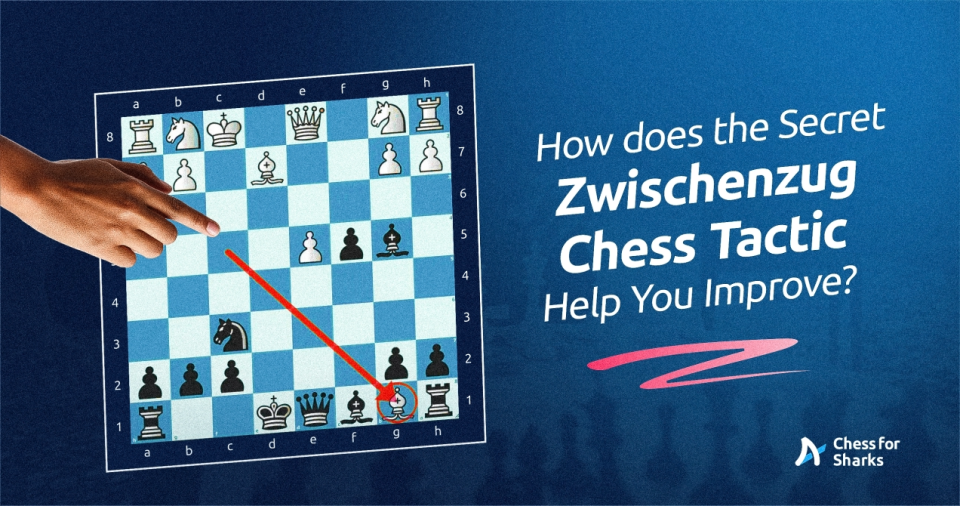


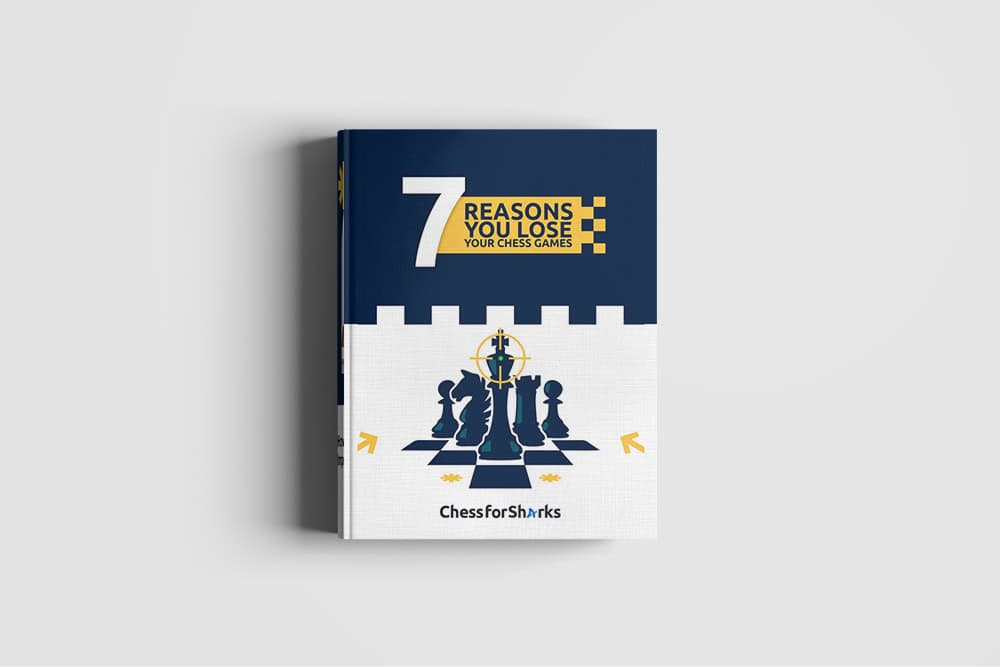
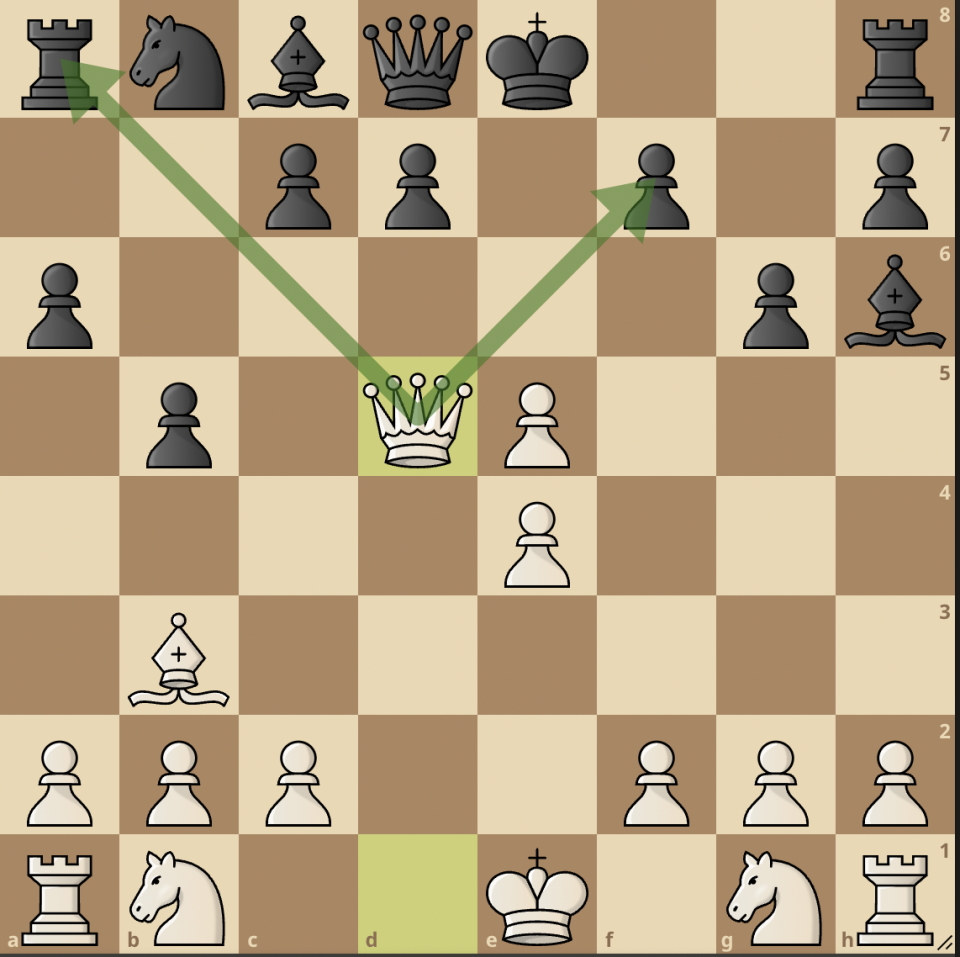
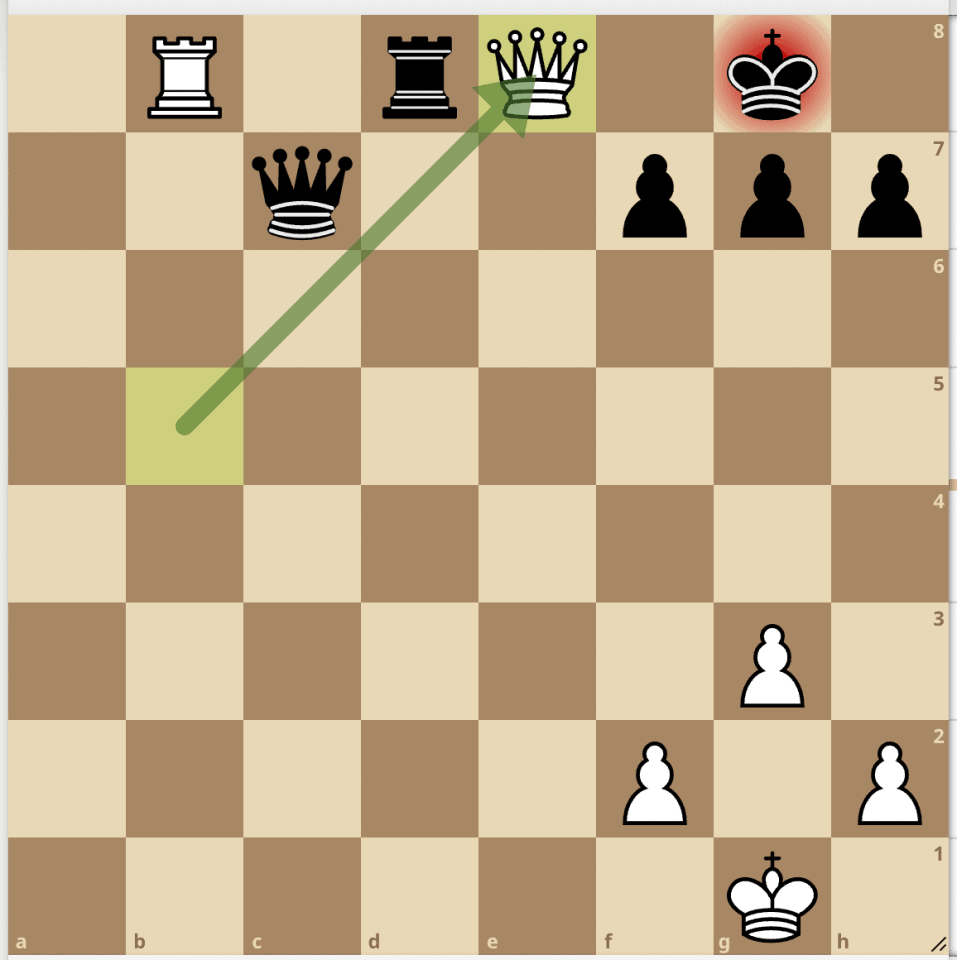
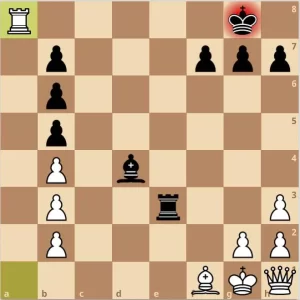
join the conversation